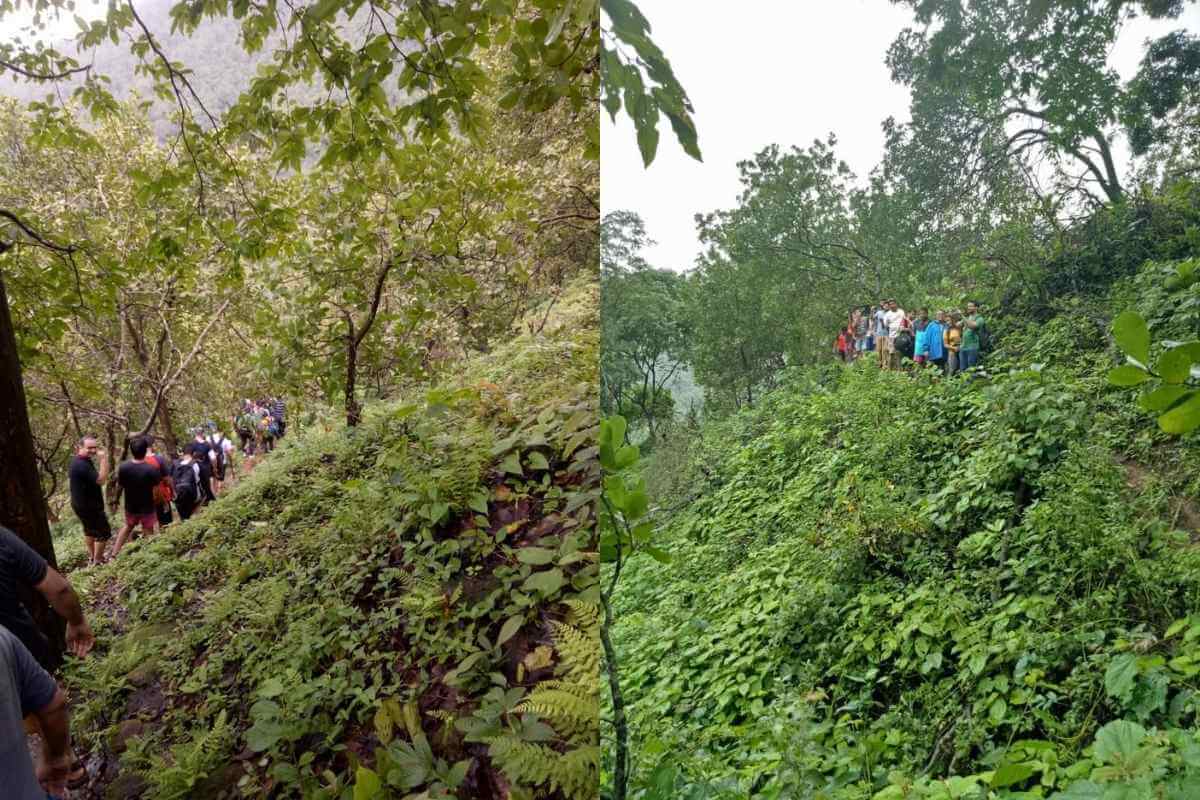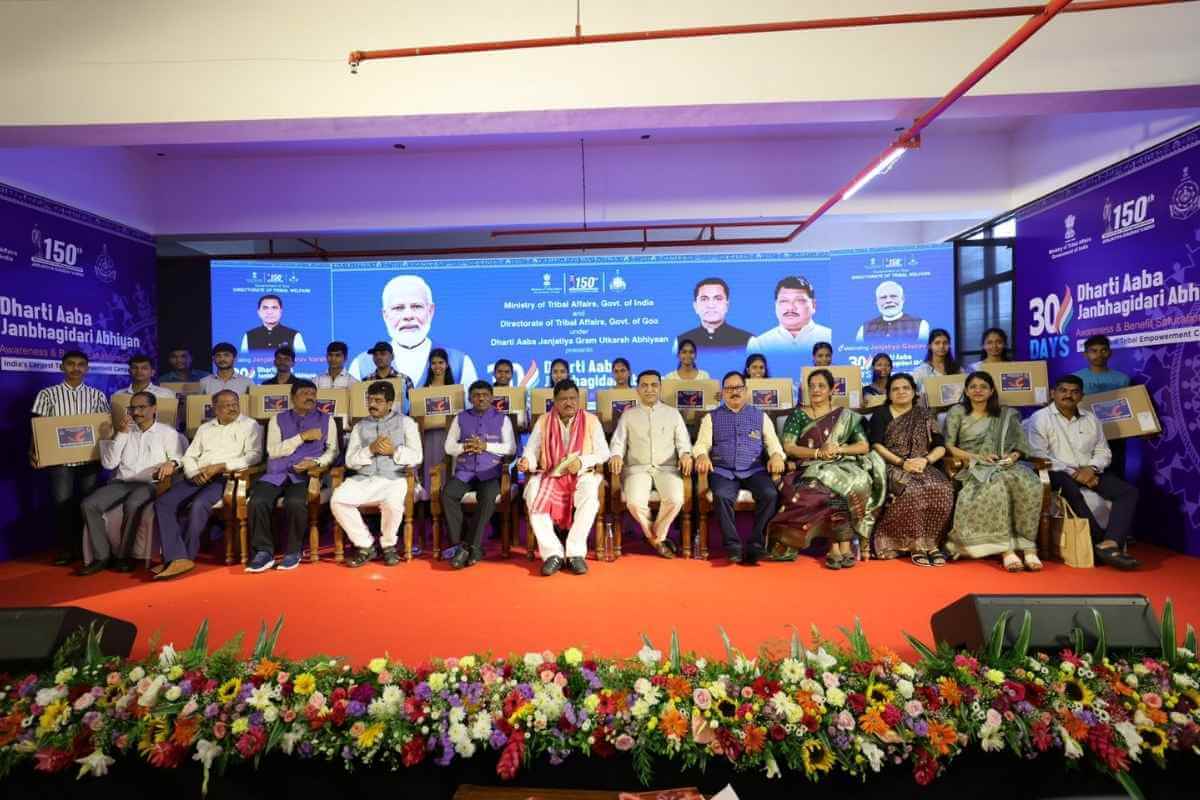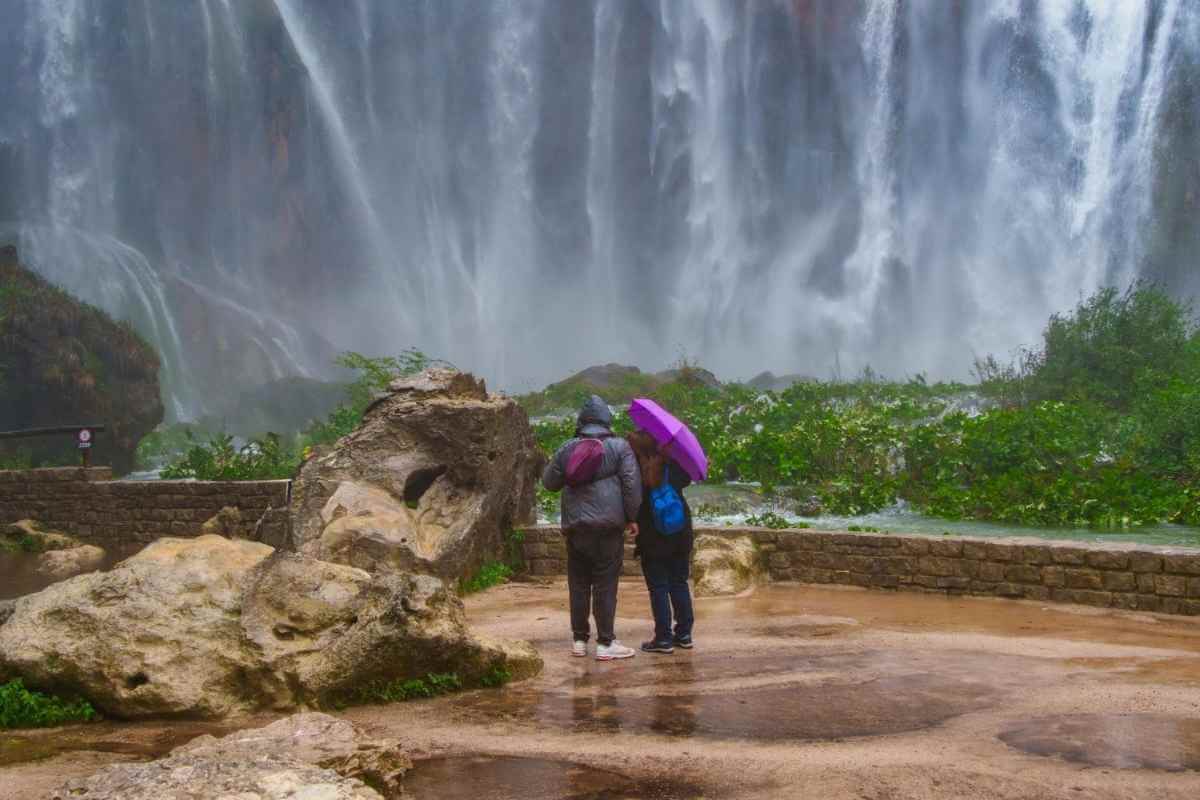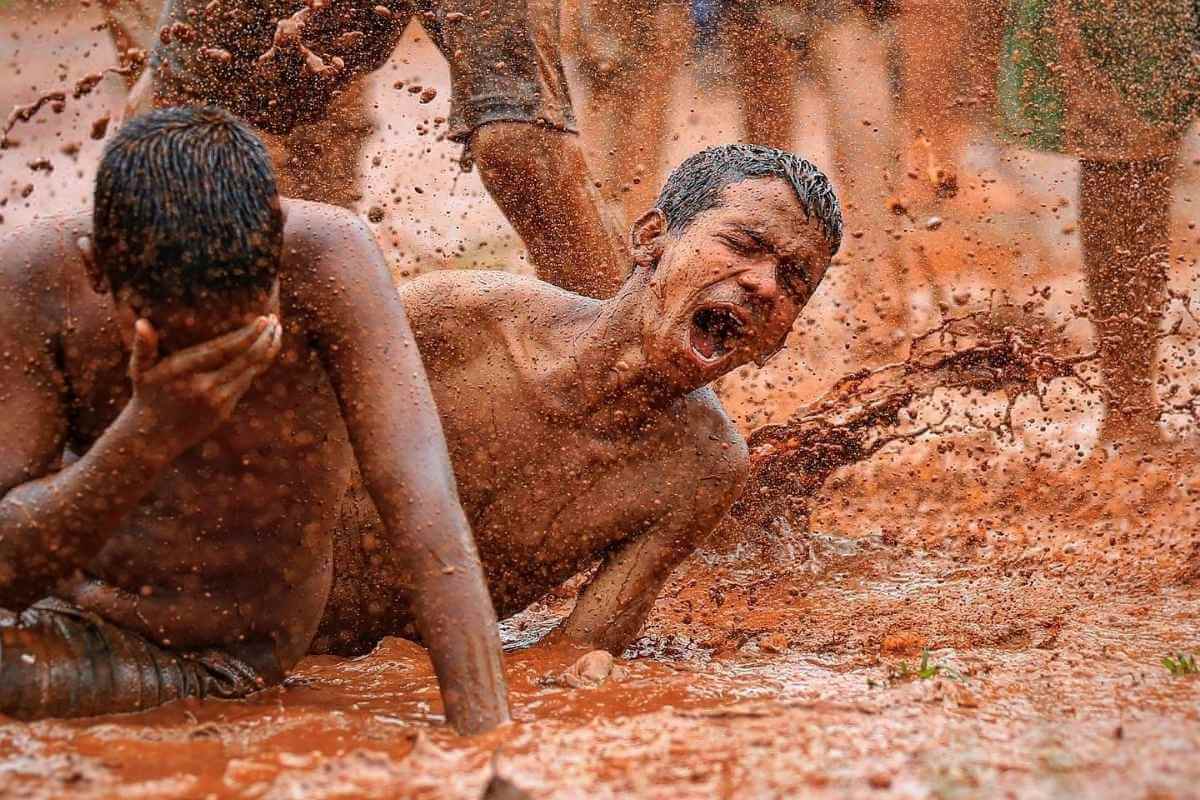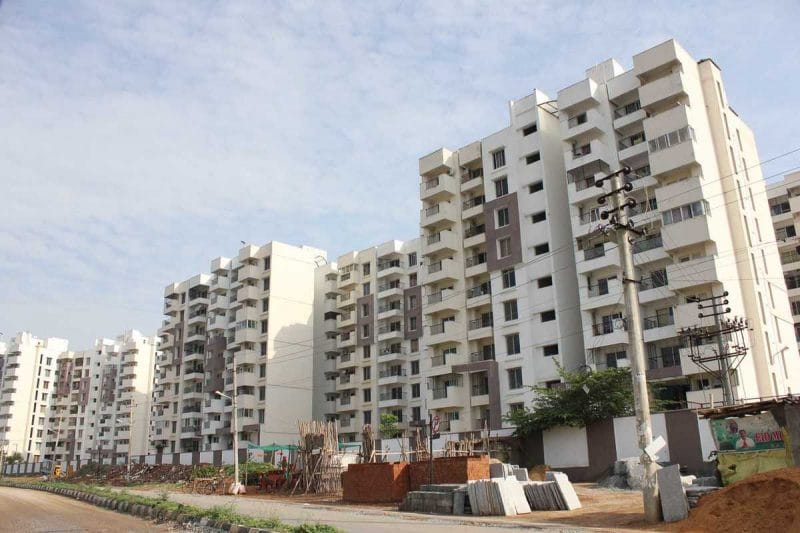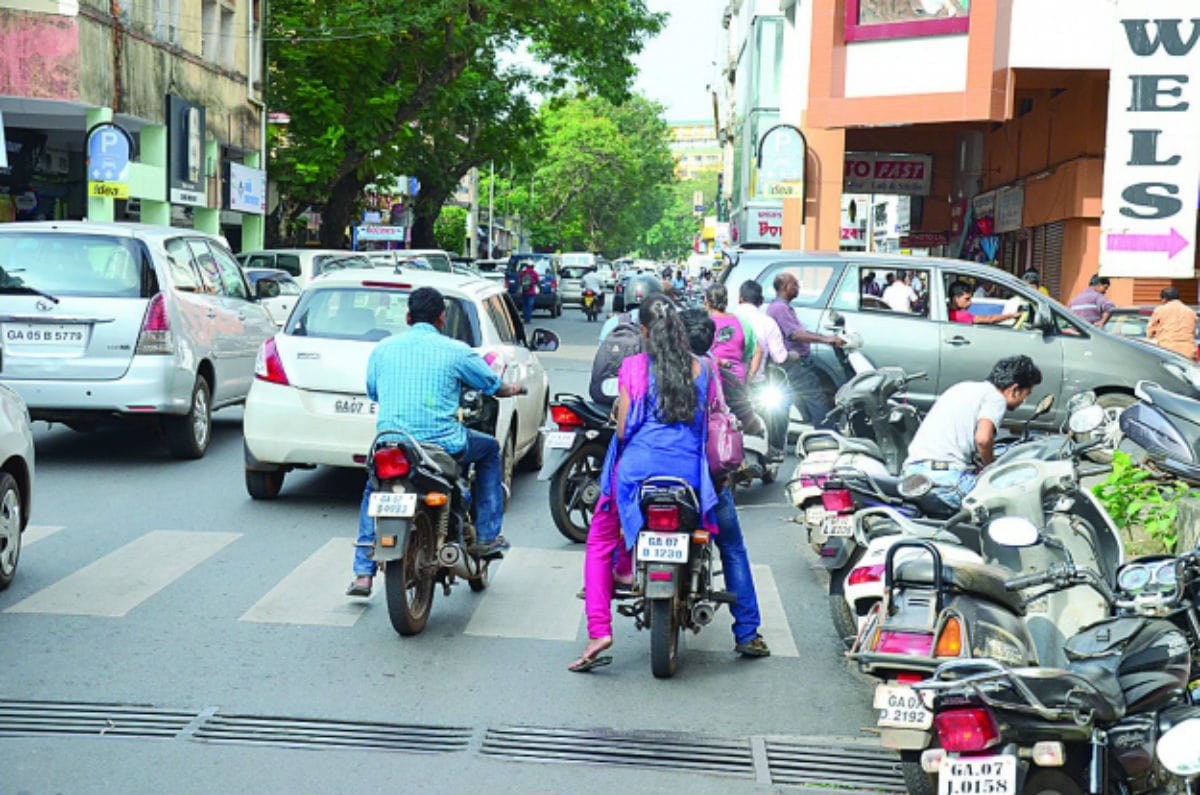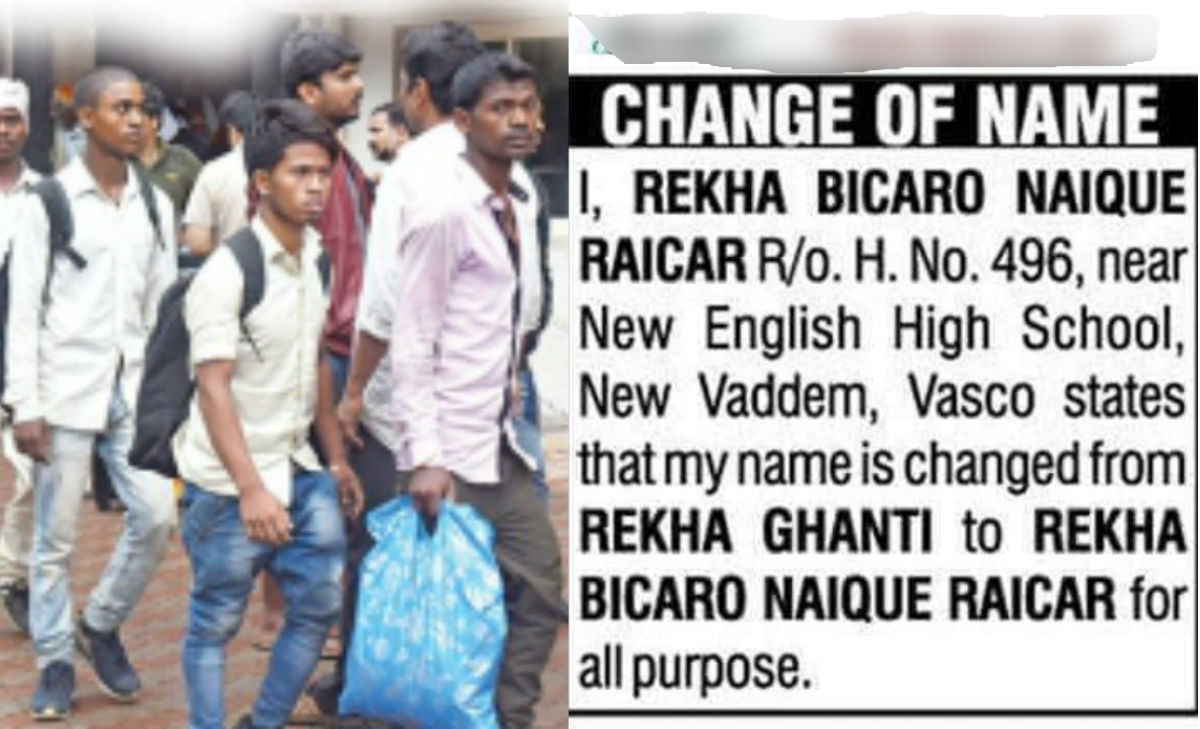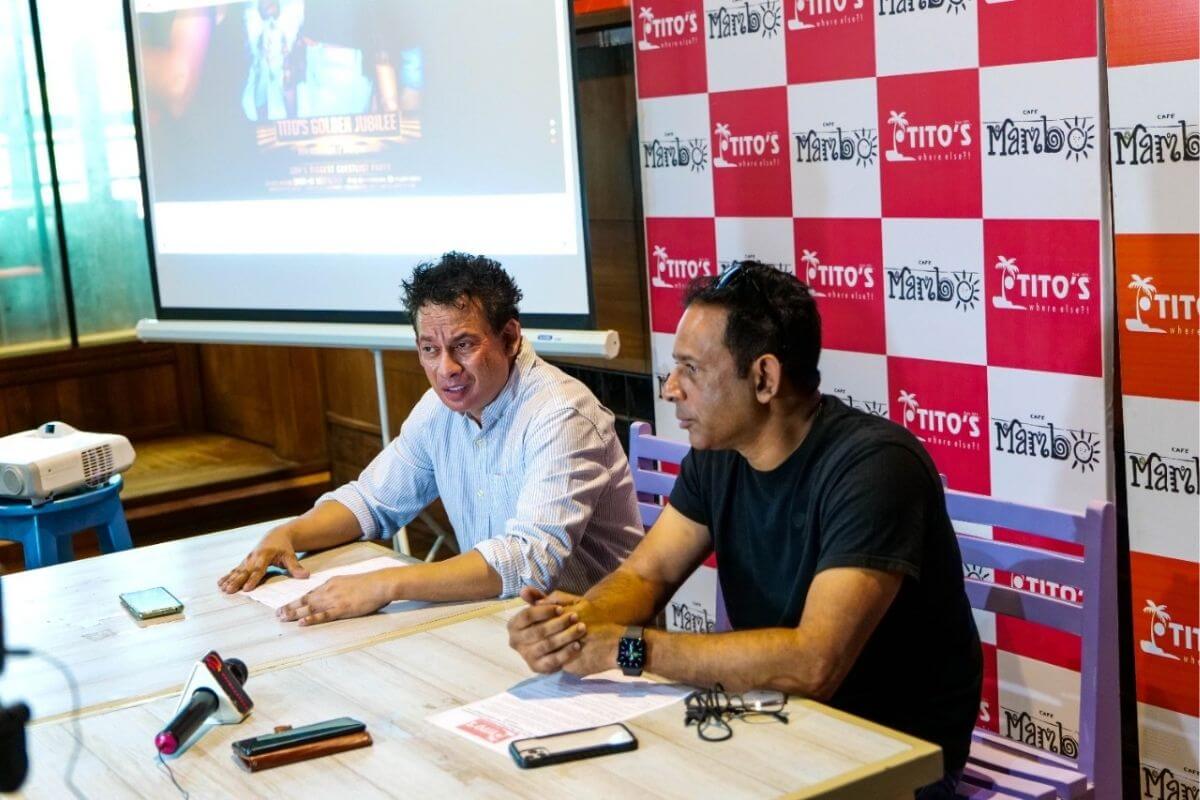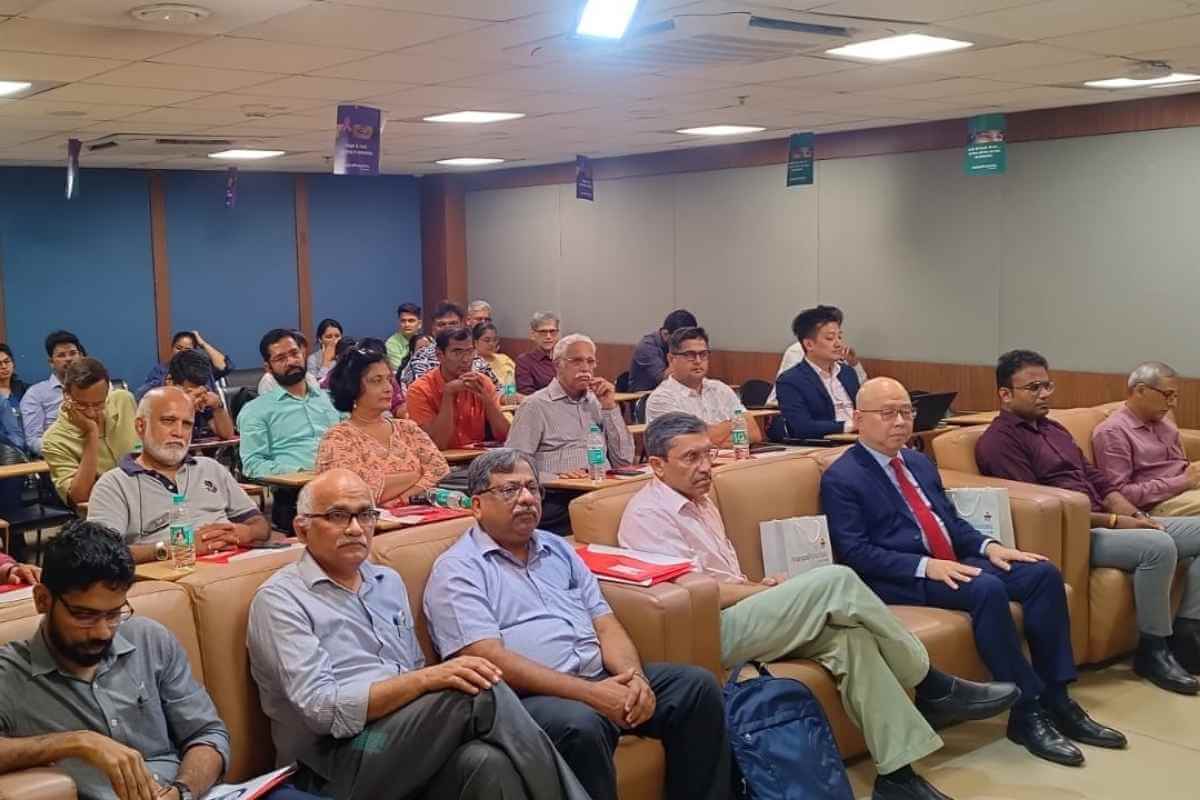Goa’s disaster management plan is but a plan on paper even as it grapples with various disasters like those recently witnessed in the wake of cyclone Vayu and monsoon-related incidents among others. The government needs to wake up and take cognizance, or it has to be taken to task for not implementing any measures.
Research indicates that Goa remains vulnerable to natural calamities, even as manmade disasters like storage and transportation of hazardous chemicals pose a continuous danger to the State.
However, according to a Times of India report, although Goa has drawn up a formidable state disaster management plan, it is still ill-equipped to face disasters as has been witnessed lately.
In an article in Incredible Goa recently (Is the government ready to tackle eventualities in the monsoons?) it had pointed out that although the State government had stated that it was ready to meet all eventualities from the southwest monsoons and particularly the whiplash of cyclone ‘Vayu’, fire and other personnel were floundering in the aftermath in the absence of basic heavy machinery or measures in place or even provision of raincoats to tackle it.

According to this source on May 24, after Chief Minister Pramod Sawant, had chaired a preparatory meeting of the State Disaster Management Authority (SDMA), he had informed that Goa is prepared to meet any form of disaster.
According to the Times of India, a couple of years ago, in December 2017, several shacks on the beach were destroyed by the severe cyclonic storm ‘Ockhi’. Shack owners who incurred heavy losses held the government accountable as it did not issue an alert in time.
“Nobody”, as one engineering official indicated, “is interested in disaster management. It has only become a yearly exercise.” The government apparently does not practice what it preaches.
After the Canacona deluge submerged the village, the NIO in its report recommended regular de-silting of the river channels, the building of protective structures along river banks prone to flooding, identification of zones vulnerable to flooding and banning construction in these zones. None of these suggestions were ever implemented.
Last year in May the South Goa district administration drew a lot of flak following its poor response to emergency situations arising out of thunderstorms and heavy rains for two days. Apparently, the district sets up control rooms during the monsoon period, raising questions about its preparedness to meet disasters during the non-monsoon period.
At that time, an official working closely with the disaster management authority had said, “There is a need for a control room to be the manner by trained disaster management personnel 24×7, through the year. People are confused as to which department should be contacted for rescue, restoration, and even relief work. In the absence of an Incident Command System (the standard structure designed to aid in the management of resources during disasters only), the response to emergencies is shoddy.” He also lamented the fact that disaster management plans are often buried in paperwork and in the absence of a review its limitations are never addressed.
To address cyclone risks in the country, the Government of India had initiated the World-bank funded national cyclone risk mitigation project (NCRMP). Under this project, 10 multipurpose cyclone shelters were to be built in Goa – six in the South and four in the North. While many of these are in varying stages of construction, the Rs.19 crore early-warning systems are still lagging far behind.
The last statewide disaster management mock drill in Goa to test the efficiency of the State’s disaster response machinery was way back in November 2009, just after the Canacona floods. The State’s disaster management plan was last updated in 2016.
Like all previous years, these plans have proved futile, blowing in the wind like the storm that just narrowly bypassed Goa. What people want to know is when these promises are going to be made good?
Source: TOI | Jagran Post




